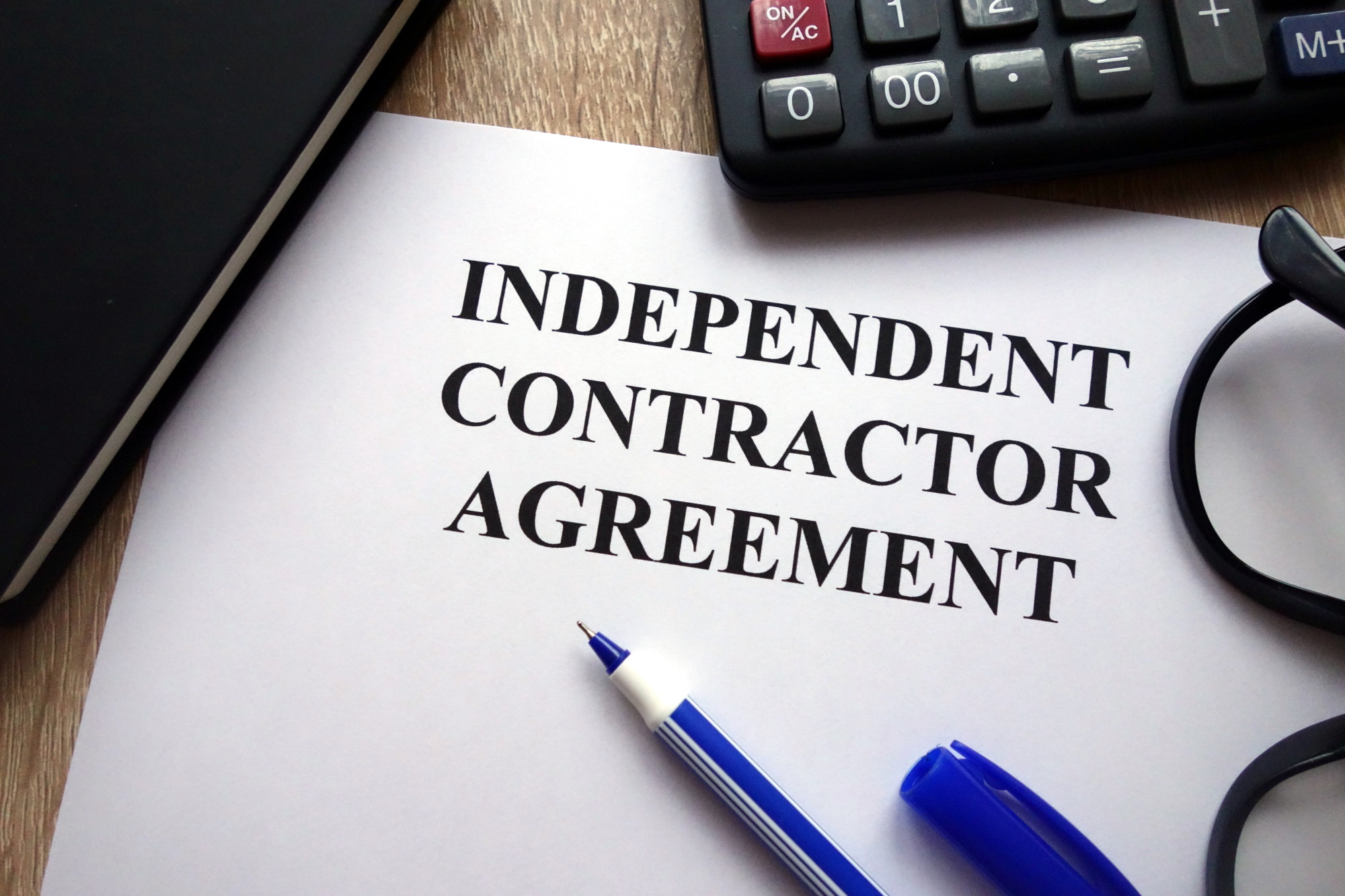 It’s estimated that 10-30% of US employers might be misclassifying their workers. While this may not seem like a big deal, it can create serious problems. This makes it something every business should avoid.
It’s estimated that 10-30% of US employers might be misclassifying their workers. While this may not seem like a big deal, it can create serious problems. This makes it something every business should avoid.
Let’s take a look at what independent contractor misclassification is. We’ll also look at the consequences for the parties involved.
What Is Independent Contractor Misclassification?
Independent contractor misclassification is when a worker is classified as an independent contractor by a business, but they are actually an employee. This stems from how workers are classified for tax and legal purposes.
Tax authorities and courts can rule on if a worker has been classified correctly or not. You may also hear independent contractor misclassification called employee or worker misclassification.
Dangers of Worker Misclassification
With worker misclassification, tax authorities do not receive the revenue they should. This is because of the way employees pay taxes versus how independent contractors do.
Employers withhold the appropriate amount of taxes from an employee’s paycheck. This includes both income tax, which you choose via withholding, and FICA taxes.
Independent contractors submit their own taxes. This makes it more difficult for tax authorities to check compliance. In a similar vein, independent contractors can usually deduct more expenses than employees.
Both of these issues can lead to the tax authorities receiving less tax revenue. As a result, there are some significant consequences for businesses that misclassify employees.
Misclassifying employees as independent contractors doesn’t only hurt government agencies. It also directly hurts the employee.
In an employee and employer relationship, the employer pays for half of the FICA taxes (7.65% of wages). Meanwhile, the employee pays for the other half. If you are self-employed, you pay both portions, the entire 15.3%, by yourself.
Workers who are inappropriately misclassified as independent contractors may have problems with this. It may cause them to pay double the FICA taxes that they should.
Misclassified employees also miss out on benefits they should receive. This can include health insurance, retirement contributions, and other benefits.
They also may lose legal worker protections which only apply to employees. This includes sick, annual, and maternity leave. It also includes minimum wage protections and Equal Employment Opportunity protections.
Consequences of Worker Misclassification
If your business misclassifies employees, the business itself may also face negative consequences. Because of this, you should actively work to avoid misclassification. You can assess your risks and manage your workforce with Innovativeemployeesolutions.com.
One common consequence is needing to pay back taxes on any owed income or payroll taxes. This is for the period the employee was misclassified. Unfortunately for the business, this can add up to a huge sum.
Sometimes misclassification is accidental. Government authorities may still impose fines and penalties on the business. However, this is more common if the misclassification is intentional.
An individual may bring legal action to a company to compensate them for lost benefits. A court may also decide to award punitive or exemplary damages on a case-by-case basis as well.
In some circumstances, the worker was correctly classified as an independent contractor. Yet, the work should have been performed by an employee. This can be especially important if a business carries professional liability insurance.
In these cases, clients or insurers can also bring legal action against the business.
Avoid Independent Contractor Misclassification
Independent contractor misclassification can lead to serious negative consequences for all parties involved. It’s important that as a business you correctly classify your workers. This helps prevent any of these dangers.
If you found this article insightful, check out our other business articles too.

Leave a Reply